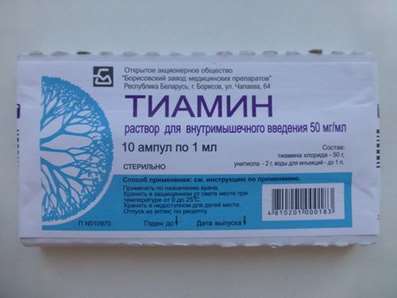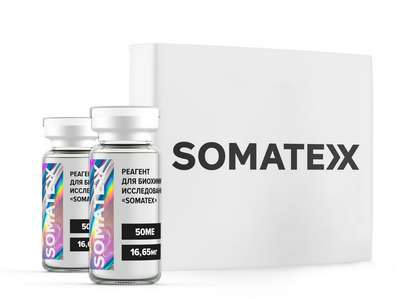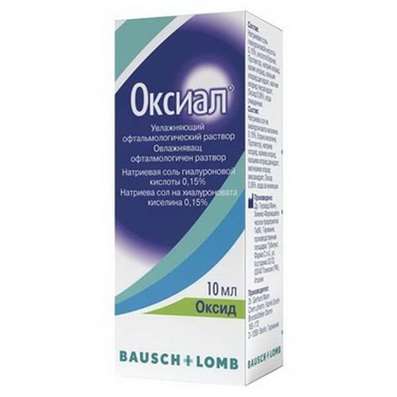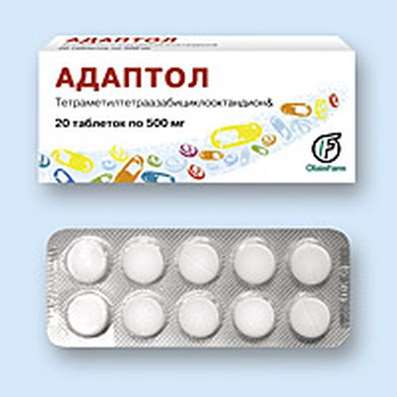Instruction for use: Milnacipran
I want this, give me price
Latin name of substance Milnacipran
Milnacipranum (genus. Milnaciprani)
Chemical name
(±) cis-2- (Aminomethyl) -N, N-diethyl-1-phenylcyclopropanecarboxamide (as hydrochloride)
Gross formula
C15H22N2O
Pharmacological group:
Antidepressant
The nosological classification (ICD-10)
F32 Depressive episode: Adynamic subdepression; Astheno-adynamic subdepressive states; Asthenoadressive disorder; Astheno-depressive disorder; Asthenodepressive state; Astheno-depressive state; Major Depressive Disorder; Vyaloapatichesky depression with retardation; Double Depression; Depressive pseudodement; Depressive illness; Depressive mood disorder; Depressive disorder; Depressive mood disorder; Depressive state; Depressive disorders; Depressive syndrome; Depressive syndrome larviated; Depressive syndrome in psychoses; Depressed masks; Depression; Depression Depletion; Depression with the phenomena of inhibition within the framework of cyclothymia; Depression is smiling; Involutional depression; Involutionary melancholy; Involutional depression; Manic-depressive disorder; Masked Depression; Melancholic Attack; Neurotic depression; Neurotic depression; Shallow Depression; Organic depression; Organic depressive syndrome; Simple depression; Simple melancholic syndrome; Psychogenic depression; Reactive depression; Reactive depression with moderate psychopathological symptoms; Reactive depressive states; Reactive depression; Recurrent depression; Seasonal depressive syndrome; Severostatic depression; Senile Depression; Symptomatic Depression; Somatogenic depression; Cyclotymic depression; Exogenous depression; Endogenous depression; Endogenous Depressive Conditions; Endogenous Depression; Endogenous depressive syndrome
F34.1 Dysthymia: Dysthymic state within the framework of psychopathic disorders in children and adolescents
CAS code
92623-85-3
Characteristics of the substance Milnacipran
Antidepressant. SSRIs.
Milnacipran hydrochloride is a white or almost white crystalline powder. Easily soluble in water, methanol, ethanol, chloroform and methylene chloride, it is hardly soluble in diethyl ether. Molecular weight 282.82.
Pharmacology
Pharmacological action - antidepressant.
Inhibits the re-uptake of norepinephrine and serotonin. Aligns the pathologically changed, depressed mood, normalizes the emotional sphere. Improves and accelerates the processes of thinking and increases the concentration of attention in depression.
After oral administration, it is quickly and almost completely absorbed; bioavailability is about 85%, Cmax is achieved after 2 hours, binding to plasma proteins - about 13%. Metabolized mainly by conjugation with glucuronic acid. T1 / 2 - 8 hours. It penetrates insignificantly through the placental barrier and into breast milk. Excreted mainly by the kidneys (90%) unchanged. After repeated receptions completely excreted from the body 2-3 days after cancellation.
Application of substance Milnacipran
Depressive states.
Contraindications
Hypersensitivity, benign prostatic hyperplasia, simultaneous administration of MAO inhibitors such as A and B, selective inhibitors of reverse neuronal seizure of serotonin, adrenaline, noradrenaline, clonidine, digoxin, moclobemide, pregnancy, breast-feeding, children and adolescence (up to 15 years).
Application in pregnancy and lactation
Contraindicated in pregnancy.
The action category for fetus by FDA is C.
For the duration of treatment, breastfeeding should be discontinued.
Side effects of Milnacipran
Dizziness, sweating, anxiety, hot flashes, tremors, palpitations, dry mouth, nausea, vomiting, constipation, urinary retention, increased transaminase activity.
Interaction
Incompatible with MAO inhibitors and serotonergic agents (such as tryptophan or fenfluramine). Reduces the hypotensive effect of clonidine and its derivatives. Changes the level of lithium in the blood. Epinephrine and norepinephrine provoke the development of hypertensive crisis and arrhythmia. Digoxin (especially with parenteral application) enhances hemodynamic disorders.
Routes of administration
Inside.
Precautions for the substance Milnacipran
Patients with renal failure are recommended to reduce the dose, depending on the creatinine clearance. Between the intake of MAO inhibitors and milnacipran requires a two-week interval. During therapy, alcohol is not allowed.
Do not use during work drivers of vehicles and people whose profession is associated with increased concentration of attention.
Risk of closed-angle glaucoma
Dilation of the pupils, which occurs after the application of SSRIs, including milnacipran, can provoke an attack of angle-closure glaucoma in patients with an anatomically narrow angle of the anterior chamber of the eye.
Information for patients. The patient should be aware that taking milnacipran may cause a slight dilatation of the pupils, which in susceptible people can lead to an episode of closed-angle glaucoma.
Risk of bleeding
SSRIs and SSRIs, incl. Milnacipran, may increase the risk of bleeding. Simultaneous use of acetylsalicylic acid, NSAIDs, warfarin and other anticoagulants may increase this risk. Data from case histories and epidemiological studies (case-control and cohort study) have demonstrated a link between the use of drugs that affect serotonin reuptake and the occurrence of gastrointestinal bleeding. Bleeding associated with the use of SSRIs and SSRIs varied from bruising, bruising, nasal bleeding, petechia to life-threatening bleeding.
Patients should be warned about the risk of bleeding associated with the concomitant use of milnacipran and NSAIDs, aspirin or other drugs that affect blood clotting.

 Cart
Cart





